(aka Black-legged Kittiwake)
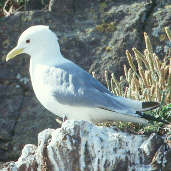
Scotland
The Black-legged Kittiwake is the most numerous gull in the world with about 7 million pairs. It is found in polar and temperate regions of the Northern hemisphere where it breeds in large colonies during the summer while it spends all winter without touching land in the middle of the northern oceans. See the distribution map at xeno-canto.
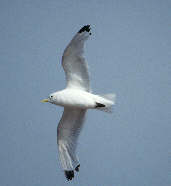
The immatures in photos 5 to 8 and 11 have a black zigzag pattern across the upper wing, a black half collar at the back of the neck, a black bill and a black band just before the tip of the tail.
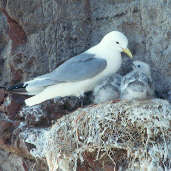
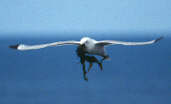
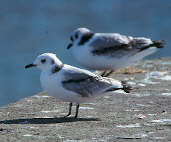
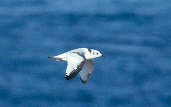
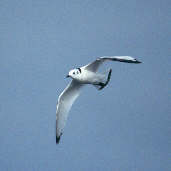
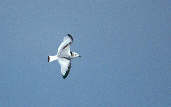
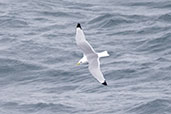
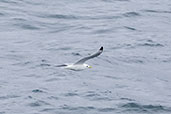
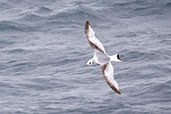
| Previous Page | Back to Index | Next Page |